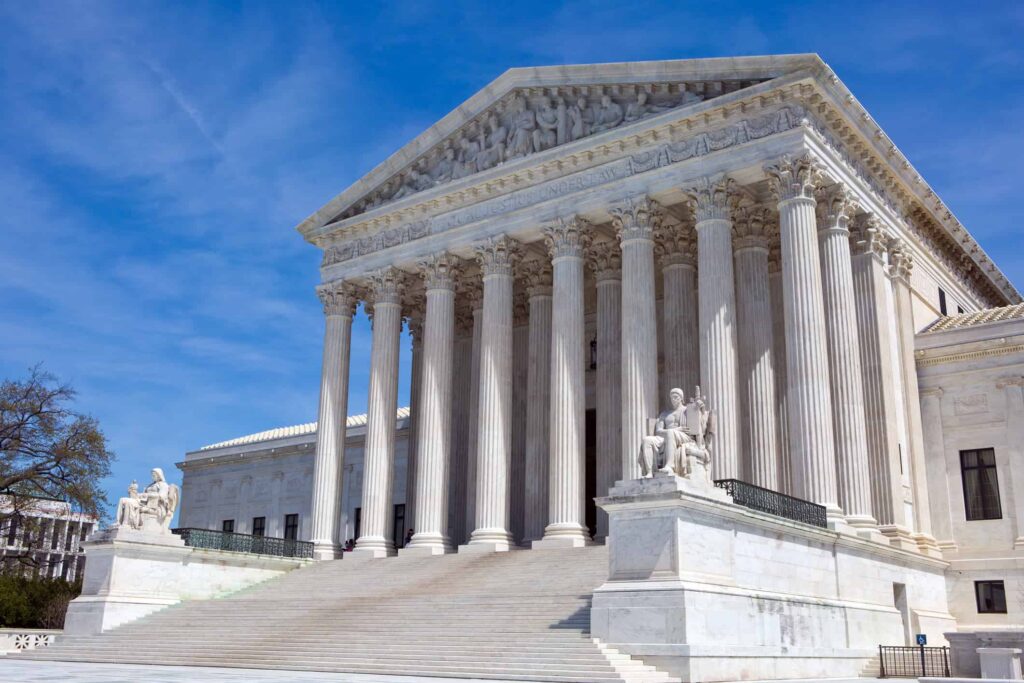National Geographic recently ran a headline “The freakish winter that turned Europe into a wasteland” which referred to a story about the wickedly cold winter of 1709, which National Geographic, in a rare nod to reality, admits was a catastrophe. And given the way the Little Ice Age has been polemicized, or erased (try to find it in Michael Mann’s infamous “hockey stick” for instance) we were curious as to how the article would deal with it. Perhaps not surprisingly they chose to ostracize it. No mention. Bupkis. It is more than a little inconvenient to acknowledge that there was a Little Ice Age that ended just when the modern warming era began, which suggests at least some of the modern warming is a cyclical recovery from a previous climatic shift that could not have been due to greenhouse gases. And in a further nod to reality they admitted that it’s solar activity that seems to drive temperature. Seems self-censorship is harder than the other kind.
The article does a pretty good job of giving colour to the cold snap, including quoting Louis XIV’s sister-in-law that in the palace of Versailles “The cold here is so fierce that it fairly defies description. I am sitting by a roaring fire, have a screen before the door, which is closed, so that I can sit here with a fur around my neck and my feet in a bearskin sack, and I am still shivering and can barely hold the pen. Never in my life have I seen a winter such as this one, which freezes the wine in bottles.” But as to cause, well, guess what? Unknown.
Quite unlike the business where a butterfly struggles or some pesky crab spawns and whammo it’s man-made heating. Indeed, the story leads off with:
“In the first months of 1709, Europe froze and stayed that way for months. People ice-skated on the canals of Venice, church bells broke when rung, and travelers could cross the Baltic Sea on horseback. This freakish winter ultimately claimed the lives of a vast number of Europeans and disrupted two major wars – but to this day, there is no conclusive theory for its cause.”
No conclusive theory. Because 1709 was before the era in which one theory explains everything. At no point does the piece mention that it was actually already pretty cold in the 17th century and had been since the non-existent Medieval Warm Period ended. It does say that “In London, ‘The Great Frost,’ as it came to be known, iced over the Thames River.” But does not add that the Thames regularly froze into the 19th century and hasn’t since 1814, as such a thing would be hard to blame on people and the presence of long natural warming and cooling cycles is not welcome in the climate ancien regime.
The story also inadvertently manages to call into question the widespread alarmist belief that it would be nice if the Earth were cooler than it is today because of all the terrible weather the tiny warming since those good old days has apparently brought. For instance, Bloomberg “News” recently opined that “the planet has already warmed 1.2 C compared to preindustrial times, ushering in worse impacts than scientists had anticipated and all but guaranteeing more heatwaves, floods, droughts and other environmental impacts ahead.” So presumably if we could only cool it by that dratted 1.2°C we’d get rid of “heatwaves, floods, droughts and other environmental impacts” other than the one where crops fail and church bells crack when you try to ring them, if indeed you do.
As the piece vividly explains of the virtues of cooling as against all that nasty heat, “Temperatures remained abnormally low until mid-April, but the snow and ice, when they finally thawed, brought floods.” Oh. Dang. And there’s more. Much more:
“Disease thrived throughout the year. A flu epidemic had broken out in Rome in late 1708, and the following winter’s cold and hunger only helped spread the virus, turning into a Europe-wide pandemic in 1709 and 1710. To compound the disaster, plague also arrived that year from the Ottoman Empire via Hungary. But of all the ills stalking Europe, hunger was, in many ways, the worst. The consequences of the food shortage lingered throughout that year and into the next. Cereals, vines, vegetables, fruit trees, flocks, and herds were all laid to waste, and the next summer’s harvest had not even been planted. The situation sparked hikes in grain prices, with prices rising sixfold during 1709.”
Try telling these people they’re really lucky the steam engine, car engine and gas stove weren’t around to warm things by over a degree. Still, the cause of this cold winter greatly mystifies National Geographic, until after avoiding the whole point that it was during a long cold spell they blurt out a very inconvenient truth:
“Its [1709’s] record as the coldest winter in Europe in half a millennium remains unsurpassed, a freakish freeze that still puzzles climatologists today. Various theories for the event have been put forward. In previous years, a number of volcanoes around Europe had erupted, including Teide (on the Canary Islands), Santorini (in the eastern Mediterranean), and Vesuvius (near Naples). Huge quantities of dust and ash in the atmosphere reduced the amount of sunlight reaching the Earth. The year 1709 also falls within the period known by climatologists as the Maunder Minimum (1645-1715), when the sun’s emission of solar energy was significantly diminished. Whether these events combined to create Europe’s glacial catastrophe that winter remains a matter of heated debate.”
Aaaaack. The Maunder Minimum? The one that, along with the Dalton Minimum, punctuated a long period of low solar activity and temperatures, before a more active sun caused or, if you believe the alarmists, coincided in total irrelevance with, a return to the warmer temperatures that characterized the Medieval Warm Period when the sun was also more active?
Nah. Can’t be. Mustn’t be. Won’t be.



Anyone just thinking - thinking for a minute - can see the holes in the orthodoxy.
@Lee Floyd, isn't that true for all religions though?
If your answer is "no", you need to keep on thinking for another minute...Until you get the answer right.